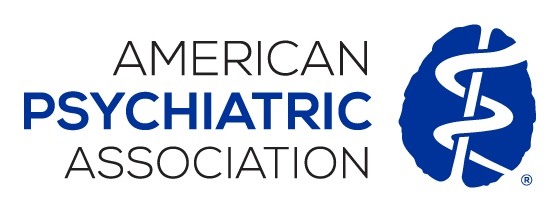
Low-dose buprenorphine initiation among individuals who use fentanyl daily is often unsuccessful, suggesting that clinicians may need to provide more support for withdrawal symptoms in these individuals, according to a study issued in JAMA Network Open.
“… [F]entanyl is hypothesized to accumulate in fat stores much longer than other opioids, and individuals initiating buprenorphine can still undergo severe precipitated withdrawal, despite waiting until experiencing withdrawal [to begin buprenorphine treatment],” wrote Leslie W. Suen, M.D., of the University of California, San Francisco, and colleagues. “The emerging practice of low-dose initiation of buprenorphine presents an opportunity to improve outcomes in the fentanyl era.”
Suen and colleagues analyzed medical records for 126 adults with opioid use disorder who self-reported daily fentanyl use and requested to receive low-dose buprenorphine initiation using a four-day or seven-day protocol.
Success was defined as self-reported initiation completion and subsequent pickup of a refill prescription of buprenorphine within one month of initiation; the researchers also assessed buprenorphine retention rates.
Researchers adjusted the results for multiple attempts and demographic data, including housing status.
Overall, the 126 participants underwent 175 initiation attempts. Low-dose buprenorphine initiation attempts were successful in 60 participants (34%), including 27 among four-day protocol and 29 among seven-day protocol attempts. The researchers’ analysis found no significant differences between successful initiation and protocol length. However, repeated attempts had lower odds of success.
Buprenorphine treatment retention rate at 28 days was 21% for a four-day protocol and 18% for a seven-day protocol. Unadjusted and adjusted models did not detect a significant difference in retention between protocol type.
Success and treatment retention rates for low-dose buprenorphine initiation were significantly lower than those in prior studies among people using heroin or prescription opioids in the pre-fentanyl era, the researchers noted. This is due in part to “the pharmacologic challenges associated with chronic fentanyl use and the higher risk for precipitated withdrawal, although the significantly lower rate of success highlights the need to improve buprenorphine care and retention,” they wrote.
“Individuals using low-dose initiation may need more frequent support from clinicians on how to manage withdrawal symptoms,” the researchers continued. They noted that clinicians can normalize some withdrawal during counseling, consider prescribing more adjunctive medications, utilize bubble-pack medications to reduce user errors, offer support through closer follow-up calls, and provide a contact person to call for issues.
For related information, see the Psychiatric News article “Are Buprenorphine Doses Too Low?”
(Image: Getty Images/iStock/FatCamera)
Don't miss out! To learn about newly posted articles in Psychiatric News, please sign up here.






